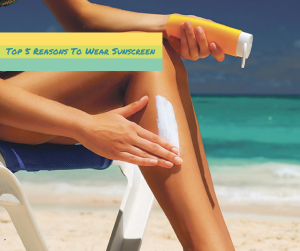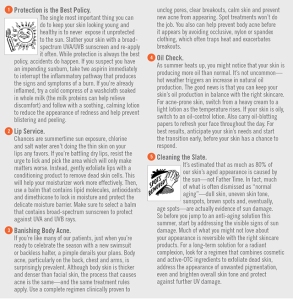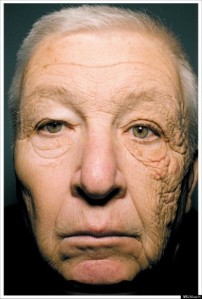
If you experience facial redness that is more of a long-lasting flush than a brief blush, you may have sensitive skin. Studies consistently show that more than 50% of women experience sensitive skin at some point in their lives.
While redness is more visible in fair-skinned complexions, sensitive skin is equally prevalent in all races, genders and ethnicities. There are many causes of sensitive skin. A small percentage of people have underlying skin conditions, such as eczema or psoriasis, while a larger percentage are likely to have a genetic predisposition that makes them more susceptible to the impact of the environment, including stress, climate change, travel, sun exposure, cosmetic overuse and mechanical irritation, such as friction or rubbing.
Once the moisture barrier is compromised, there tends to be a downward spiral, as increased moisture loss causes a heightened inflammatory response and lessens the skin’s ability to self-repair. This, in turn, further increases moisture loss, and the cycle continues.
To heal sensitive skin, you need to repair and strengthen the skin’s moisture barrier. Here are three tips to get you on your way to healthier skin!
Tip 1: Take a look at your daily regimen and remove anything that could compromise the barrier, such as irritating substances, exfoliation and peels. Note: If your skin is itchy, treat the underlying itch with an antihistamine.
Tip 2: Identify and avoid factors that trigger reactions, such as heat, sunlight and certain food products.
Tip 3: Look for a regimen that shields against the biological and environmental aggressors that can trigger inflammation, calms visible redness, reduces irritation and helps fortify skin’s natural moisture barrier. Ingredients such as dimethicone, allantoin and lipids fill in and repair the barrier, allowing the skin to heal, keeping moisture in and irritants and microbial agents out.
Remember that nobody knows your skin better than you do, so when you find something that works, stick with it. With consistent, daily use of the right regimen, you can take comfort in knowing that a healthy, youthful glow can be yours for a lifetime!




